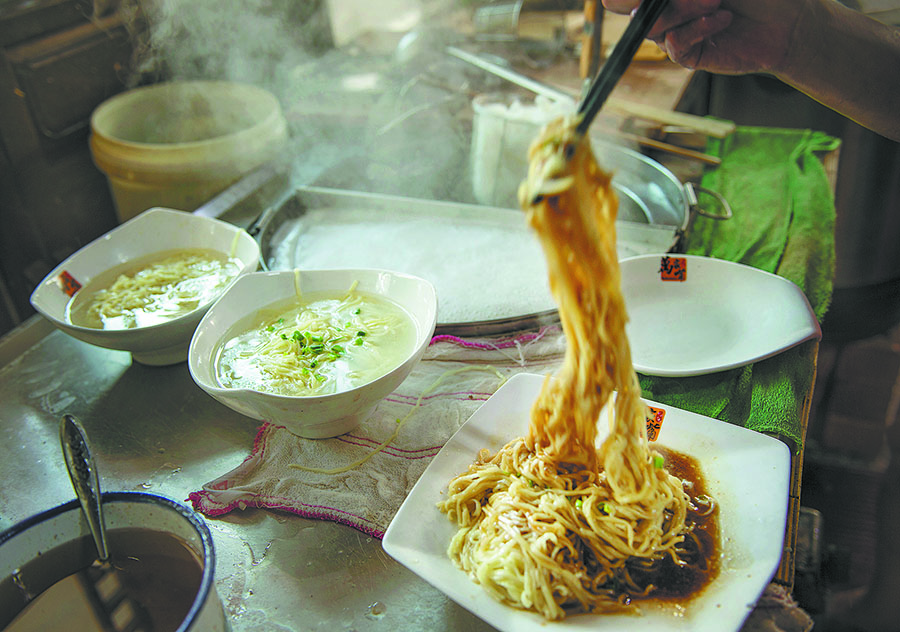From street stalls to world markets


Her customers are a mix of locals and tourists — roughly 60 to 70 percent are visitors, while local patrons often bring friends from out of town.
For Huang, the charm of Shaxian snacks is that they are both "tasty and affordable". She plans to keep it that way, creating new flavors and ensuring the use of quality ingredients.
Huang's shop alone offers more than 100 types of snacks, and that is just half the full range.
According to Luo Ronghua, a writer and culture researcher from Shaxian, there are more than 200 varieties of Shaxian snacks.
In 2021, these snacks were included in the fifth batch of the list of national-level intangible cultural heritage representative items released by the State Council.
"Shaxian lies between two major mountain ranges, with a large river running through it. The subtropical climate is stable, and water resources are abundant, which makes this area an excellent place for crops," Luo explains.
"Rice, wheat and beans — the main produce — form the three main categories of the snacks: rice-based, wheat-based and bean products."
Shaxian snacks, Luo says, are a culinary tradition shaped by hundreds of generations, blending food from the Central Plains, local indigenous practices, and Hakka culture from Fujian, Guangdong and Jiangxi provinces.
They are tied not only to daily life and farming but also to social customs, such as birthdays, wedding celebrations and funerals, as well as folk beliefs, rituals and taboos, he says.
The weather has shaped the cuisine. In spring, families cook fiddle-head ferns with wild onions or make rice cakes during the early rice harvest. When new oil is pressed, they prepare cakes.
























